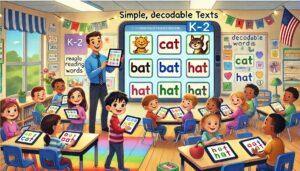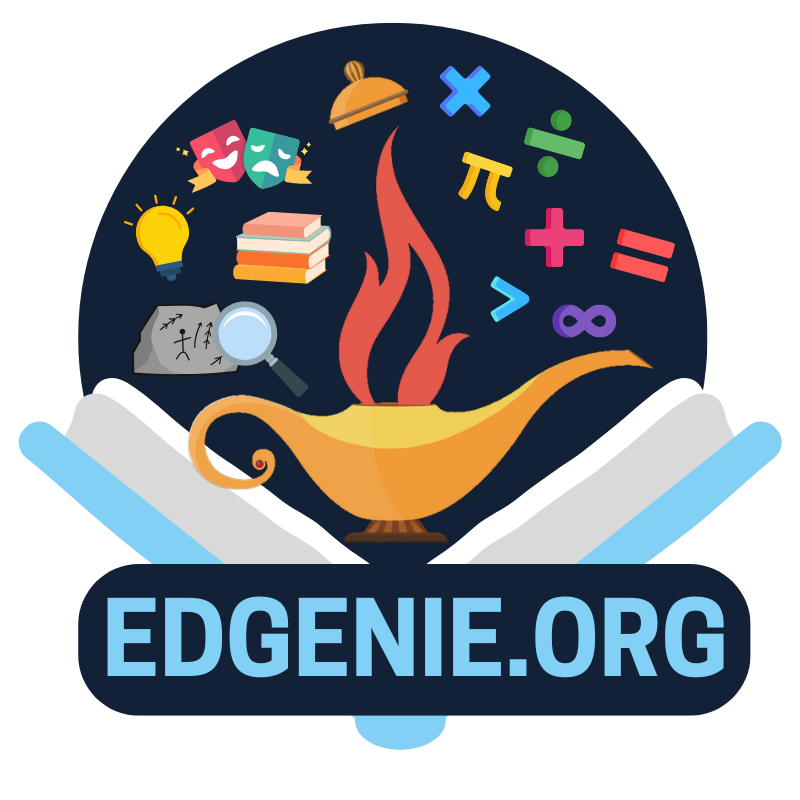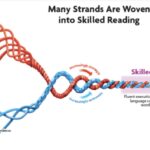Using AI to Create DIY Decodable Texts for K-2 Classrooms: A Game-Changer for Phonics Instruction

Using AI to Create DIY Decodable Texts for K-2 Classrooms: A Game-Changer for Phonics Instruction
In today’s rapidly evolving educational landscape, integrating technology to support classroom instruction has become more important than ever. One area where artificial intelligence (AI) can make a significant impact is in developing custom decodable texts for K-2 students. These texts, tailored to meet students’ specific phonics needs, can be a powerful tool for reinforcing literacy skills. In this blog post, we’ll explore how AI can streamline the creation of DIY decodable texts, making it easier than ever to integrate phonics instruction into daily reading practice.
In the classrooms I work in, there’s no budget for a library of decodable texts, and while I have a few stories for each skill, my students need more engaging practice without repeating the same stories.
Why Decodable Texts Matter
Decodable texts are a cornerstone of early literacy instruction. These texts focus on specific phonics patterns and sound-letter correspondences that students are learning. By providing controlled reading practice, they help young learners develop fluency and confidence with new phonetic concepts. For example, if a class is working on CVC words like cat, mat, and bat, a decodable text might feature sentences that reinforce these patterns.
However, finding decodable texts that align perfectly with my classroom’s phonics sequence or the unique needs of individual students can be challenging. Pre-made texts often don’t match the specific sounds or blends I am teaching, or they might not be engaging enough to keep my youngest readers interested. This is where AI tools like Project Read come in, offering a solution that’s as innovative as it is practical.
How AI Can Support Decodable Text Creation
AI platforms, including those like Project Read, can take the guesswork out of creating custom decodable texts. Here’s how they can assist teachers in developing tailored materials:
- Generating Texts Aligned with Phonics Patterns: AI can analyze a given set of phonics rules or sound-letter patterns and generate short stories or passages that align with those concepts. For instance, if a teacher wants to focus on words with the “sh” and “ch” blends, an AI tool can quickly produce a text that emphasizes these sounds, ensuring that students get plenty of targeted practice.
- Personalizing for Different Reading Levels: Every classroom includes students at various stages of reading development. AI can adjust the complexity of generated texts to match different reading levels, ensuring that struggling readers are not overwhelmed while advanced readers are still challenged. This personalized approach helps teachers provide differentiated instruction without the time-consuming process of finding or creating multiple versions of the same text.
- Incorporating Vocabulary and High-Frequency Words: In addition to focusing on phonics, AI can help incorporate high-frequency words and vocabulary that students are learning. Teachers can input a list of sight words or key vocabulary, and the AI will weave them into decodable passages. This allows for a more holistic approach to reading practice, where students can work on decoding skills while also reinforcing their understanding of essential words.
- Integrating Popular ELA Curriculums: One of the standout features of Project Read is its ability to generate decodable texts based on the scope and sequence of popular ELA curriculums such as UFLI (University of Florida Literacy Institute), Orton-Gillingham, and CKLA (Core Knowledge Language Arts). This means teachers can create texts that align perfectly with their phonics instruction plan, ensuring consistency and reinforcement across different reading activities.
Benefits for Teachers and Students
The use of AI to create decodable texts offers several key advantages:
- Time-Saving for Teachers: Crafting customized reading materials from scratch is time-consuming. With AI, teachers can generate a decodable passage in seconds, freeing up valuable time to focus on other aspects of instruction.
- Engagement and Relevance: AI tools can include prompts for thematic elements or student interests, making texts more engaging and relevant. Imagine being able to create a decodable story about a topic that the class is passionate about, such as dinosaurs or space!
- Scaffolded Learning: Because AI-generated texts can be tailored to the specific phonics sequence being taught, they provide a scaffolded learning experience that builds on previous skills. This helps students progress systematically from simple to more complex sound patterns, reinforcing their learning every step of the way.
A Sample Workflow: Creating a Decodable Text with AI
Let’s walk through a simple process that teachers can follow to create their own decodable texts using an AI tool like Project Read:
- Identify Phonics Focus: Determine the phonics patterns or sound-letter correspondences you want to target. For example, CVC words with short “a” sounds.
- Input Parameters into AI: Use the AI tool to input the focus sound or blend, along with any sight words or vocabulary that students are currently studying.
- Generate and Review: Generate the decodable text and review it for any necessary adjustments. Teachers can tweak the text to ensure it aligns perfectly with their lesson.
- Share with Students: Print or display the text for students to read individually, in small groups, or as a class. Use it during phonics instruction, guided reading, or literacy centers.
The Future of Literacy Instruction
Integrating AI into the creation of decodable texts is just one way technology can support literacy instruction. As AI continues to advance, teachers will have even more tools at their disposal to craft customized learning experiences that meet the needs of every student. By making the creation of phonics-focused texts easier and more accessible, AI empowers teachers to deliver targeted, engaging, and effective reading instruction, helping young learners develop a strong foundation in literacy.
In a world where time and resources are often limited, AI tools like Project Read can provide a much-needed boost to K-2 classrooms, enabling teachers to focus on what matters most: fostering a love of reading and a lifelong journey of learning.
By using AI to create decodable texts, I can enhance my phonics instruction in meaningful ways, ensuring that every child has the opportunity to grow as a reader. If you’re interested in learning more about how to integrate these technologies into your classroom, keep exploring new possibilities and don’t be afraid to try out these innovative tools!





